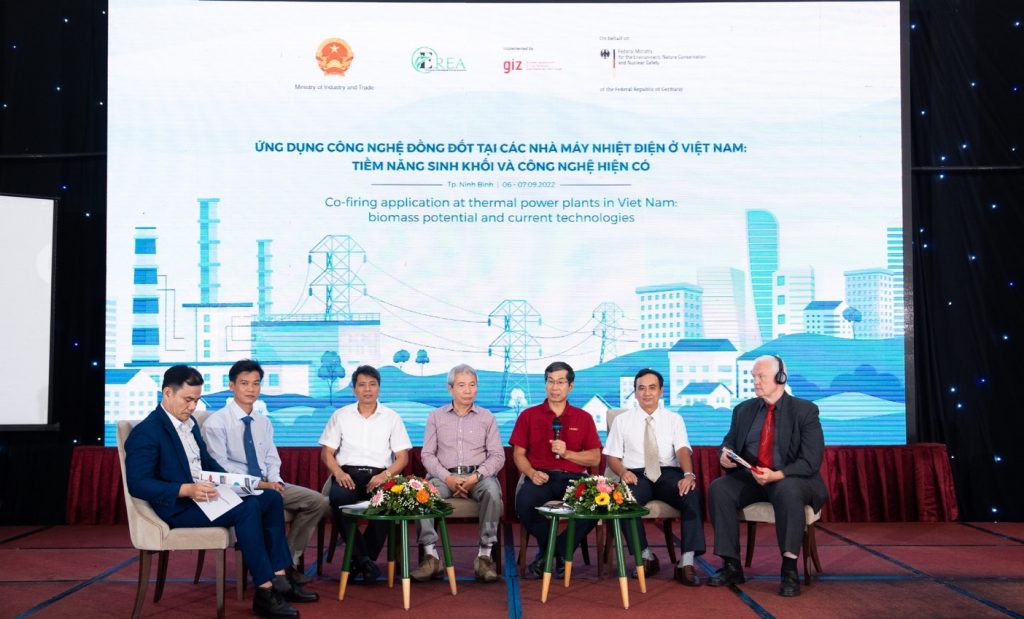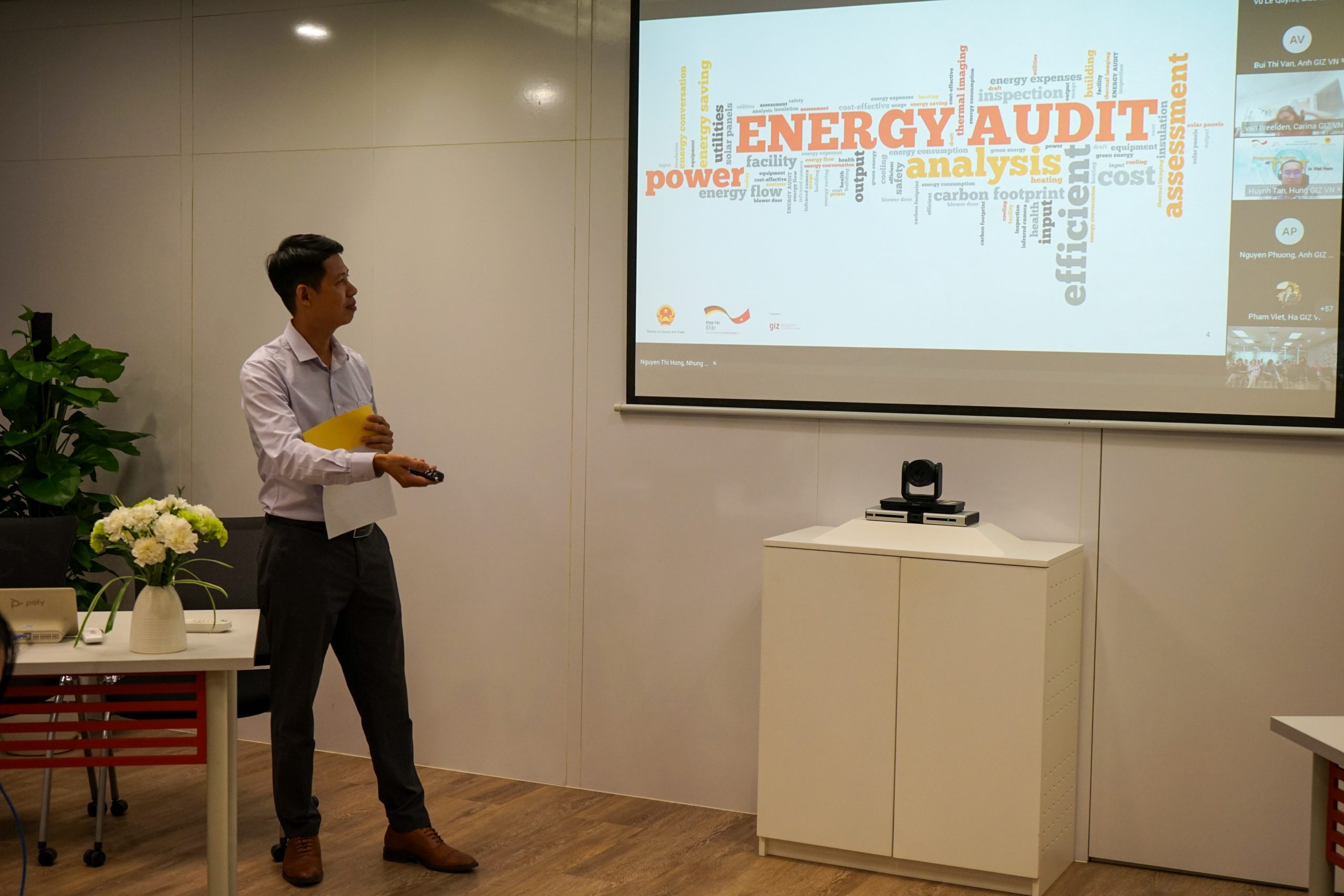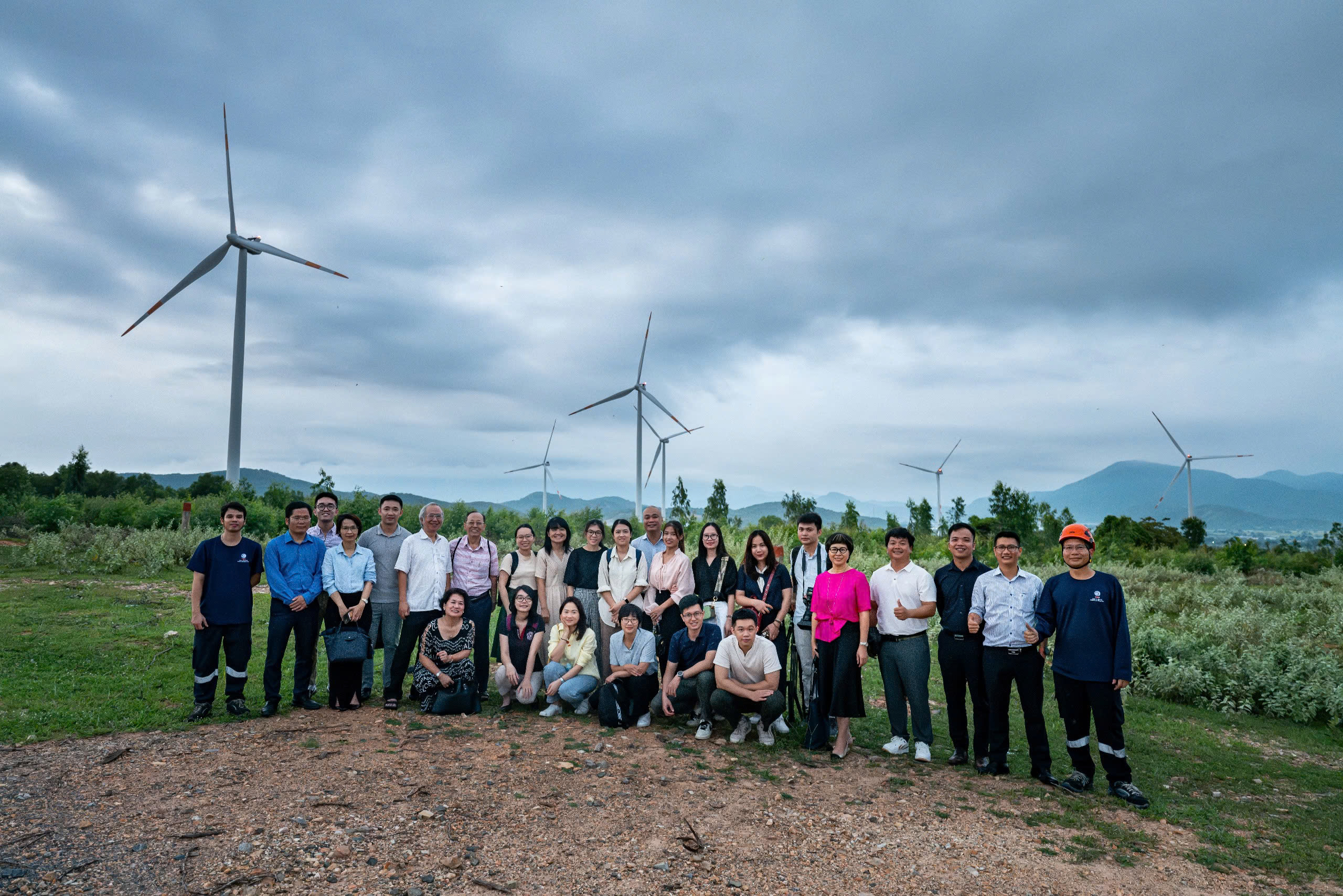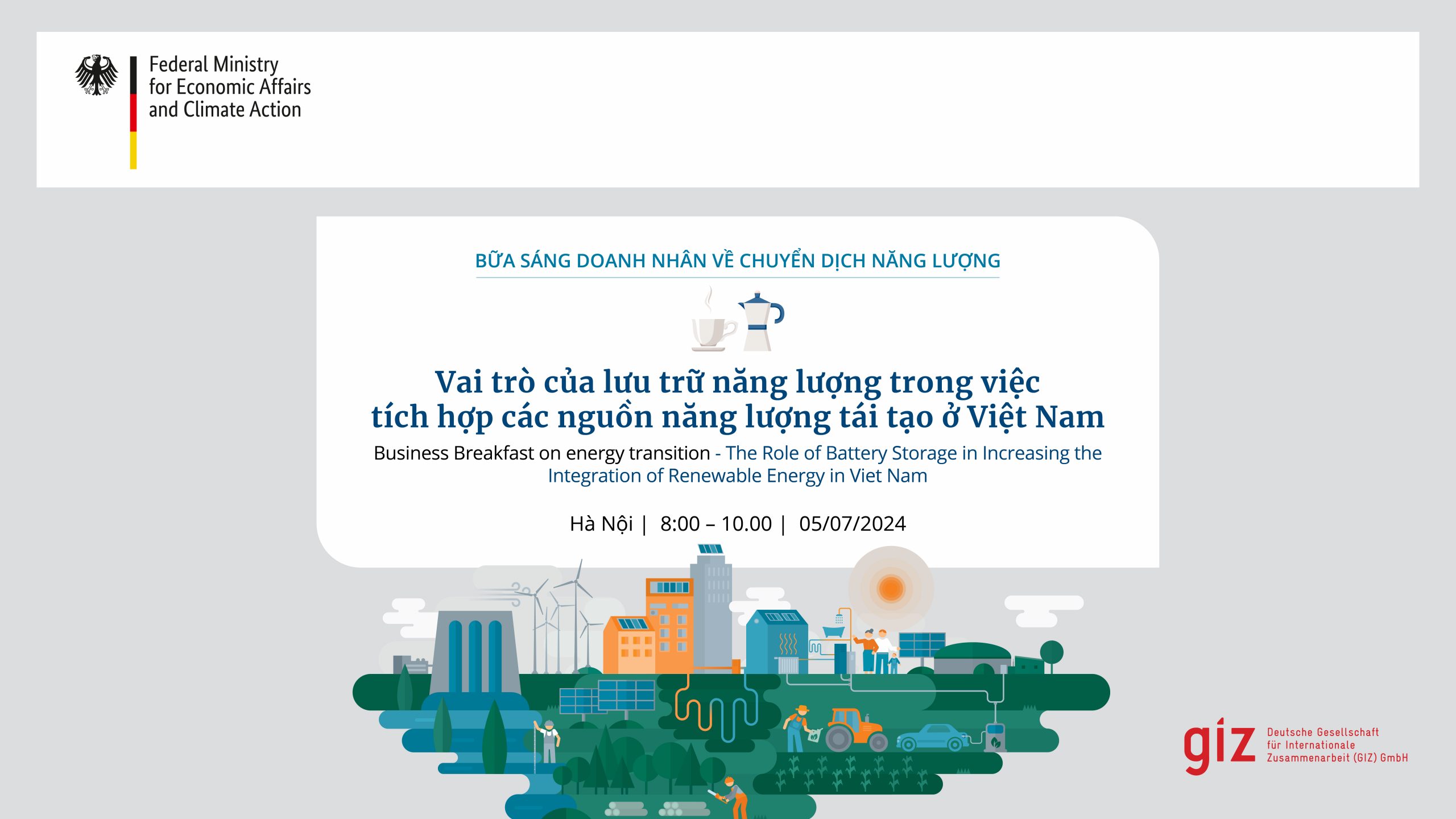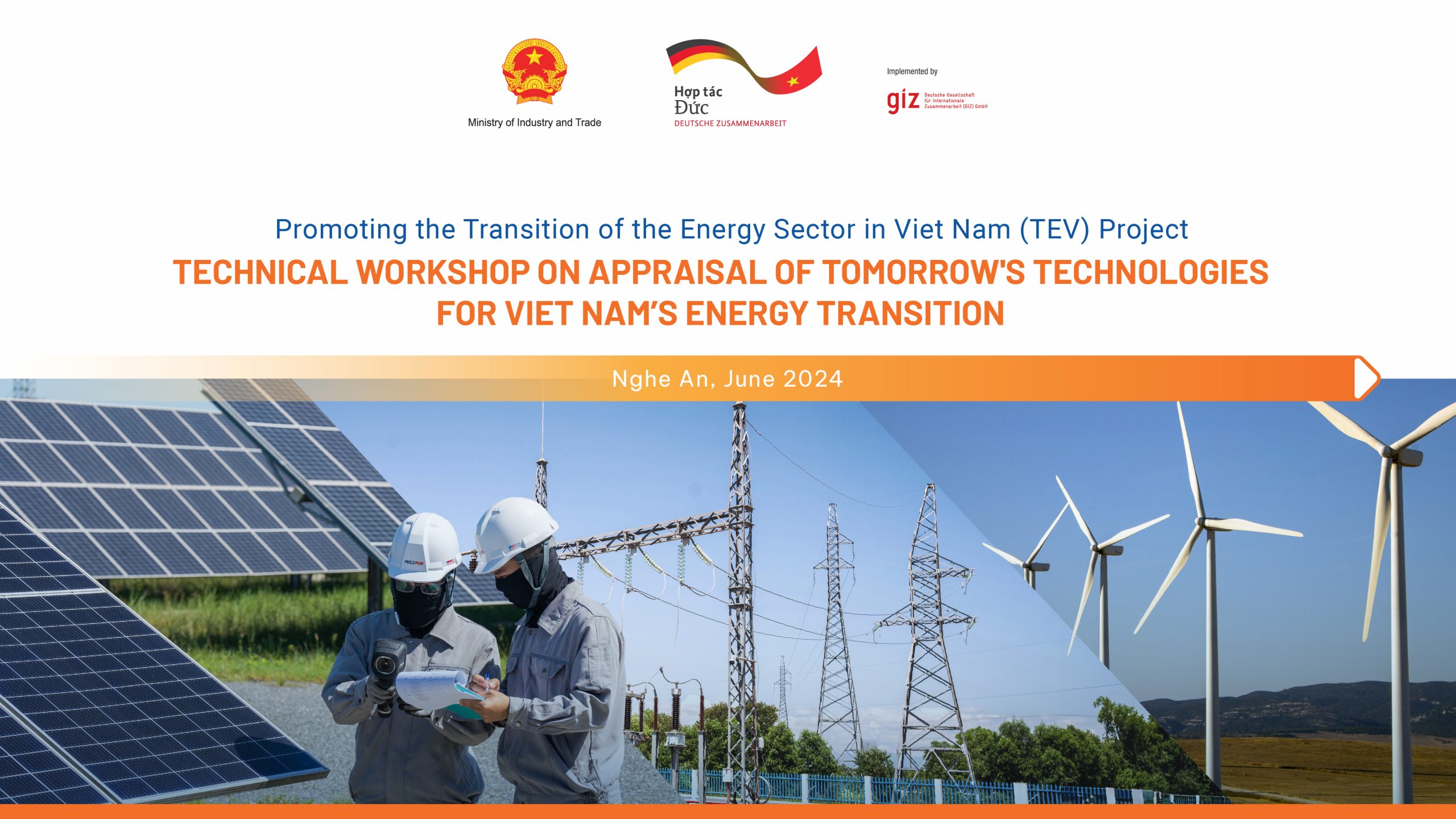Fighting climate change means every country has to contribute. Keeping promises towards GHG mitigation can only succeed if all green energy sources are appropriately tapped. Here is how bioenergy can play a key role in scoring those climate goals.
Biomass can play a dual role in GHG mitigation as laid out in the objectives of the United Nations Framework Convention on Climate Change (UNFCCC), i.e as an energy source to substitute fossil fuel and as carbon storage. According to the Special Report on Renewable Energy Sources (SRREN), agreed and released by the Intergovernmental Panel on Climate Change (IPCC), 2011 “Bioenergy has significant potential to mitigate GHGs if resources are sustainably developed and efficient technologies are applied. Certain current systems and key future options including perennial crops, forest products and biomass residues and wastes, and advanced conversion technologies, can deliver significant GHG mitigation performance—an 80 to 90% reduction compared to the fossil energy baseline”.
It can be said that we could gain greater benefits in terms of GHG reduction from bioenergy than from other form of renewable energy. Take for example stubble, the short pieces left in the fields after the crop has been been cut. In the process of turning stubble to bioenergy, GHG emission reduction takes place twice, because (1) the practice of stubble burning in the field is avoided, a practice that releases CO2 to the air and additionally pollutes the air with small particles that are harmful for human beings and (2) the valuable agricultural residues are then treated in an emissions-controlled bioenergy plant, substituting fossil fuels. Although the combustion process still releases CO2 to some extent, the amount is much less compared to burning fossil fuels. Thus, the process is considered to be environmentally friendly.
When generating power from biomass and biogas, the amount of reduced GHG emissions depends on a series of factors, namely the type of feedstock used, the production and procurement methods, and the degree of efficiency of the technology employed to produce bioenergy. Generally, GHG emission is most reduced when waste biomass is converted to heat or combined heat and power (CHP) in modern energy plants near the location where the waste is generated.




